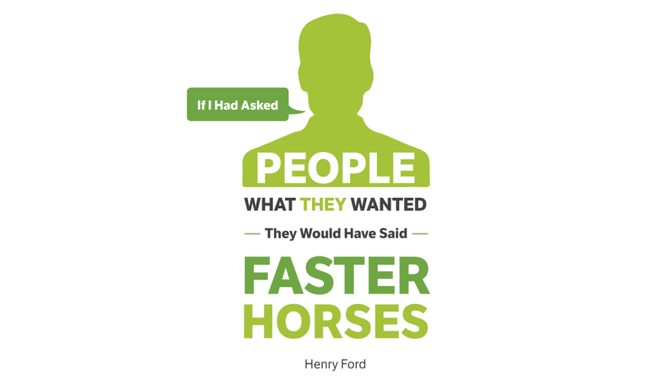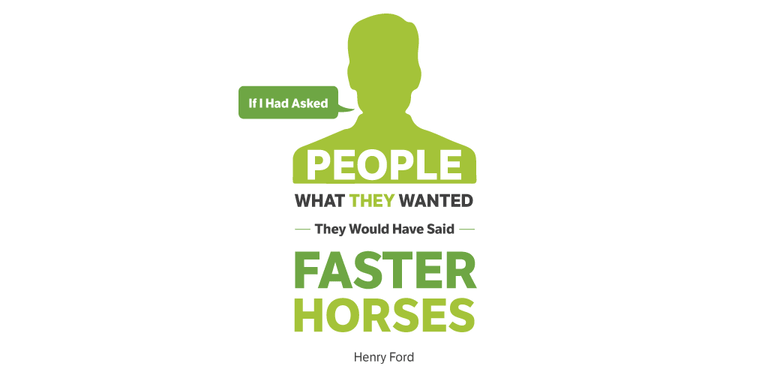Innovation – what a buzzword! The request for innovation is everywhere, in every request for proposal, even on the lips of some end users. As if companies that do not innovate go bankrupt. End users want exciting experience, and reject change at the same time. It is an ambiguous situation.
Let's innovate while keeping users happy ! But how?
Innovation: Risky but necessary
Innovation is everywhere! Is every existing thing not good enough and has to be improved? As if we required on a daily basis cutting the edge and exciting experiences! May it be only for pouring coffee in our mugs, or for giving feedbacks to developers who implemented what we co-designed with a client, or for completing a survey, booking a room, making a conference call…
The users of a product know what's wrong with a product, what is not working properly, what takes too much time. In other words, they know what could be improved. It might be risky for a company to take the leap, because end users might dislike the change.
An example: Instagram's new logo
The Instagram app icon redesign made a real (bad?)buzz, because many people complained about not finding their app icon easily, even if the app didn't move from their phone screen / home screen for years. In the meantime, the algorithm that composes the user's main feed in the app was rebuilt. THE core feature that brings new and unpredictable contents to the users and keeps them hooked to the app was redesigned , and only a bunch of power users realized they were shown old posts mixed with fresh ones in a weird way… The most important technical change on the most crucial feature of the product was just invisible, compared to the noise made by an icon redesign.
As a result, sometimes companies fear about change, because they are so popular, that no matter what direction they take, they get serious complaints. And even with a strong knowledge of their customers, they hardly can predict what will be accepted and what will be rejected. This is basically resistance to change. People would totally accept putting energy in a virulent discussion to avoid change, rather than learning a new way of doing.
Let's ask the users what they want!
Unfortunately, users are not so good at expressing their needs. Some people tried. Brilliant ones. Still, they face difficulties…

Like I said earlier, users are able to tell you what is wrong, what should be improved or go faster. But when it comes to think about new features, new activities, new usages, it gets really harder. But it is still possible. Sometimes hard, but possible…
But in the end, for something this complicated, it's really hard to design products by focus groups. A lot of times, people don't know what they want until you show it to them. From Steve Jobs, in BusinessWeek 25 mai 1998.
To summarize: An ambiguous situation
Companies want innovation, because only innovative companies last, but they fear reject at the same time.
Users want to have cutting the edge experiences because it is more interesting than boring ones, but they hate learning new ways to do things, and will struggle for a Status-Quo.
To be continued: How can a UXer support change ?
These quotes may look very negative towards people, but I have to admit that they carry truth to my UX Designer life. Innovating is hard and this is totally ok if end users cannot do it themselves, as it is our job to find solutions to these pain points.
Fortuitously, as a UXer we can also come up with solutions! We can help entreprise by dealing with bad feeling and user test
… read more in my next blog post!

